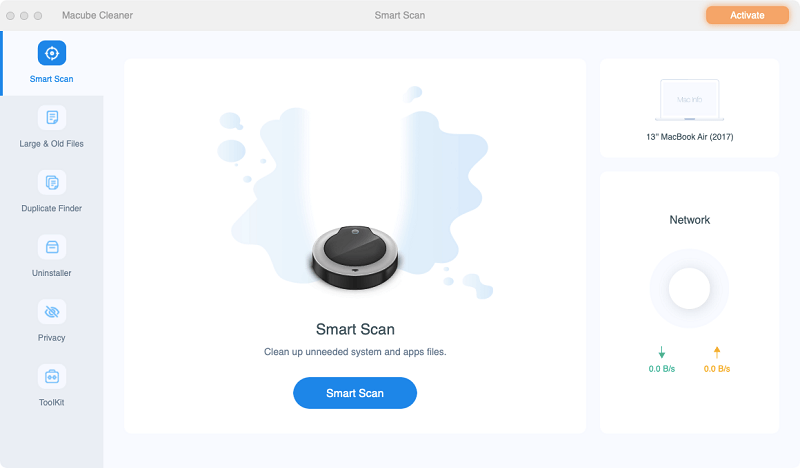

Later in this article, we're going to explain how to remove Time Machine backups. If you're having a lot of your space allocated for System Data, you may have Time Machine snapshots stored on your Mac. If System Data is taking up too much disk space on your Mac, explore those two folders and see what's stored in them. MacOS System Data is mainly stored in both the System and Library folders. But sometimes they don't, and when they accumulate, Mac System Data may grow bigger. Some of the temporary files generated by your apps and macOS usually get deleted automatically. What to do when Mac System Data grows too large It also contains other items like disk images, archives, plugins, extensions, and everything else that doesn’t fit into the macOS category. Part of this storage includes application leftovers, temporary files, and old cache.

There is also a macOS storage tab, which contains all macOS-related files and data. The Other storage has disappeared, but instead, a new System Data tab appeared. What is System Data on Mac?Īpple has made some changes in the storage categories with the recent macOS update. What is it and how do you clear it? Read on and find out. One thing you’ll have noticed is that colored bar labeled ‘System Data’. And so, if you have an SSD, you probably spend a lot of time checking the Storage tab in About this Mac. This can be a problem if you have a large collection of photos or music files, or if you use your Mac to edit video. Solid-state drive (SSD) is fantastically fast, but its high cost means that Macs with built-in SSD startup drives have a much lower capacity than their hard disk-based counterparts. But to help you do it all by yourself, we’ve gathered our best ideas and solutions below.įeatures described in this article refer to the MacPaw site version of CleanMyMac X.

So here's a tip for you: Download CleanMyMac to quickly solve some of the issues mentioned in this article.


 0 kommentar(er)
0 kommentar(er)
